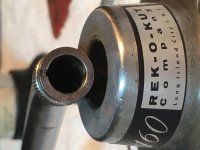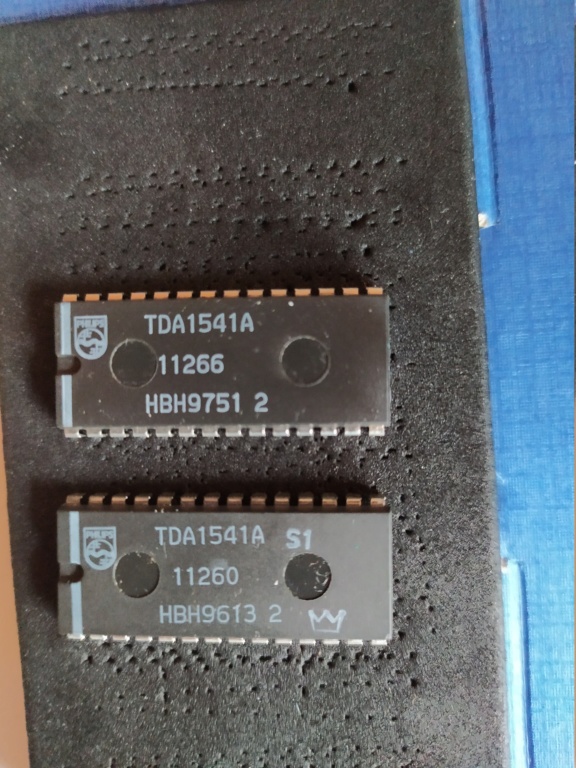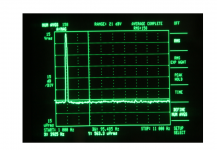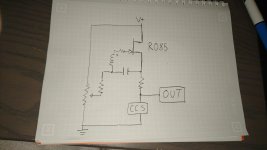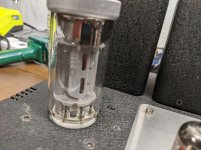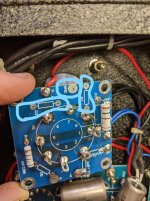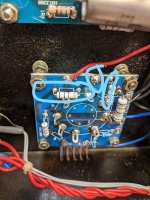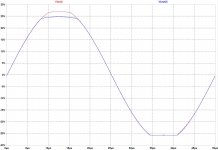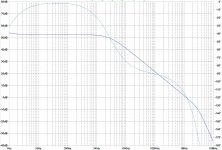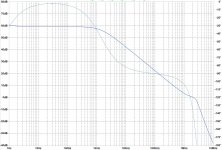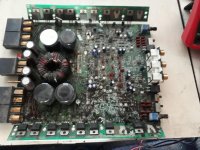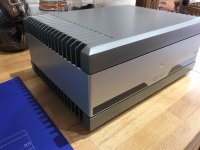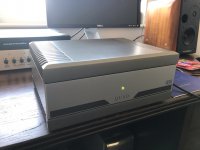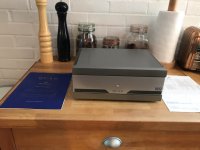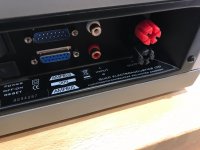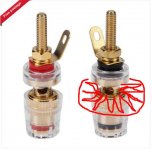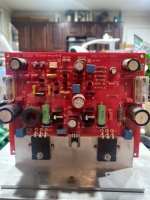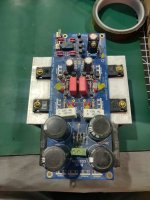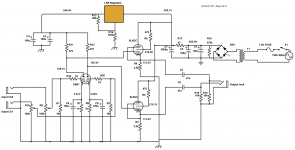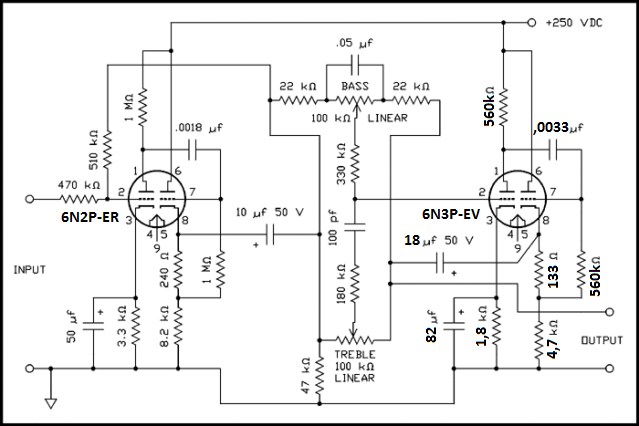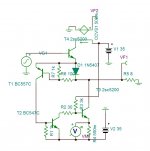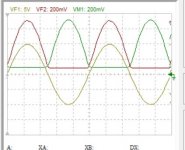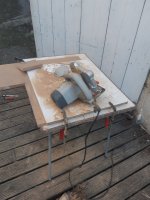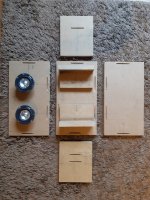Newbie question, if I regulate current then voltage will correct itself?
- By Windcrest77
- Power Supplies
- 10 Replies
The upper right side of this article shows how to current regulate a filament using a voltage regulator as a CCS.
http://www.tubecad.com/july2000/page6.html
Let's say the tube specification draws 800ma at 6.3 volts after reaching temperature. So I set my regulator to 800ma. Will the voltage across the tube be 6.3 volts after its hot even though the current source IN is 10 volts here? Because, well, ohms law. It's really not necessary to regulate both the voltage and the current as long as I'm regulating one of them the other will automatically adjust to what the tube needs, correct?
I want to limit current so the filament will last longer due to no inrush, because a cold filament has very low resistance. Most filaments like light bulbs burn out at start up.
But was wondering if my basic ohms law is right here.
http://www.tubecad.com/july2000/page6.html
Let's say the tube specification draws 800ma at 6.3 volts after reaching temperature. So I set my regulator to 800ma. Will the voltage across the tube be 6.3 volts after its hot even though the current source IN is 10 volts here? Because, well, ohms law. It's really not necessary to regulate both the voltage and the current as long as I'm regulating one of them the other will automatically adjust to what the tube needs, correct?
I want to limit current so the filament will last longer due to no inrush, because a cold filament has very low resistance. Most filaments like light bulbs burn out at start up.
But was wondering if my basic ohms law is right here.

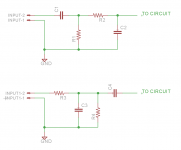
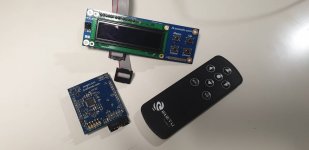

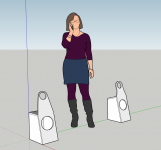
![IMG_3339[1].jpg IMG_3339[1].jpg](https://www.diyaudio.com/community/data/attachments/762/762019-1ed2a9bc9e66b118a6d93c2af38ddee7.jpg?hash=HtKpvJ5msR)
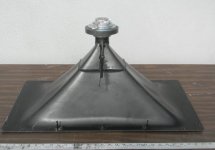



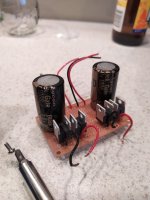
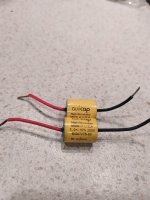
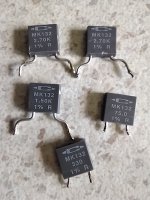
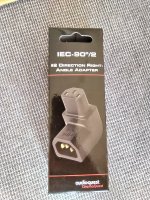
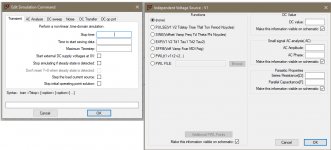
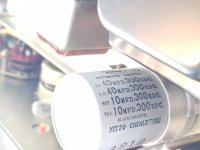
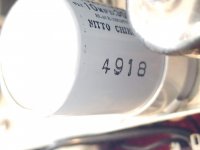
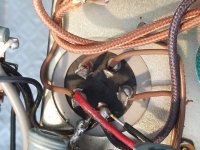
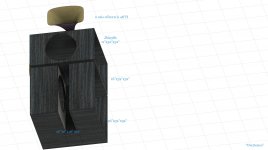










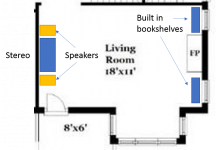
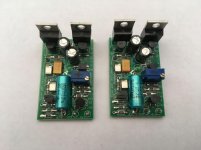

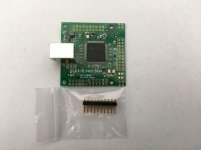
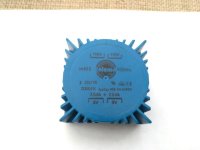
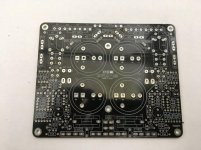






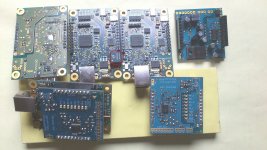
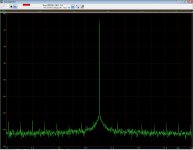
 .
.